The next gold rush is expected at a depth of 1500 meters

Rabaul, a village on the northern tip of New Britain in Papua New Guinea, is still covered in the ashes of a volcano that exploded decades ago. The eruptions have already destroyed the city twice, once in 1937, the second in 1994. Both times, the inhabitants bravely met the elements and rebuilt. Today, driving through Rabaul, you will notice long sections where the ashes still lie on the edge and even somewhere in the middle of the road. Its layer is so thick that you want to close the windows so that the dust does not fill the car.
This volcano destroyed the island’s main industry of that time - tourism, which after 20 years has yet to be revived - but it can become the basis for another. True, this industry does not exist yet. And some fighters for the environment, scientists and activists hope that it will not appear at all.
This is because here, in Papua New Guinea, one rich and advanced company is going to become the first miner from the great depths of the sea. This would mean that a fleet of giant remote-controlled robots would mine jewels scattered at a depth of 1,500 meters.
')
These gigantic underwater devices look like they came off the set of a science fiction film - imagine as if Avatar were crossed from the Abyss. They are going to dig up copper, gold and other minerals in places where the sight does not penetrate.
Few people noticed this landmark, but we are approaching it very quickly. And this raises questions about the future of consumption in our rapidly changing world, we are eager for minerals: how deep are we ready to dive in order to obtain the materials necessary for the operation of electronic devices?
The idea of ripping up a little-studied deep-sea bottom causes a lot of excitement - from local residents who are worried about accidents, to scientists worrying about an ecosystem that we don’t understand, but can destroy. But if such useful materials as copper remain less and less, would it not be wise to mine it in the depths, away from people? Or the fact that we are going to plow the ocean floor on robotic sweepers might be enough reason to stop and think about our constant thirst for the metals that form modern life?
One way or another, the first deep-sea mine should start work for two years in a place called Solvara-1, which was leased from the government of Papua New Guinea. It is located near the coast of Rabaul, in the water at the foot of the very active volcano.
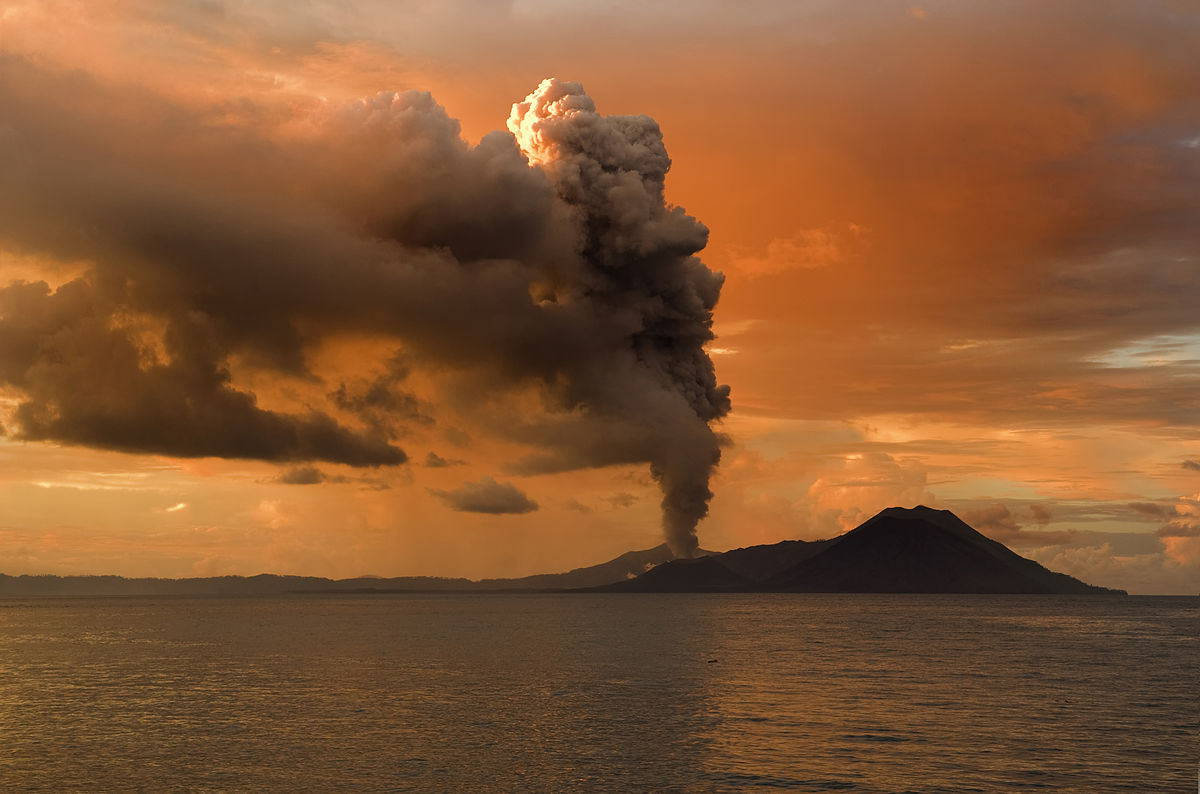
Rabaul volcano eruption
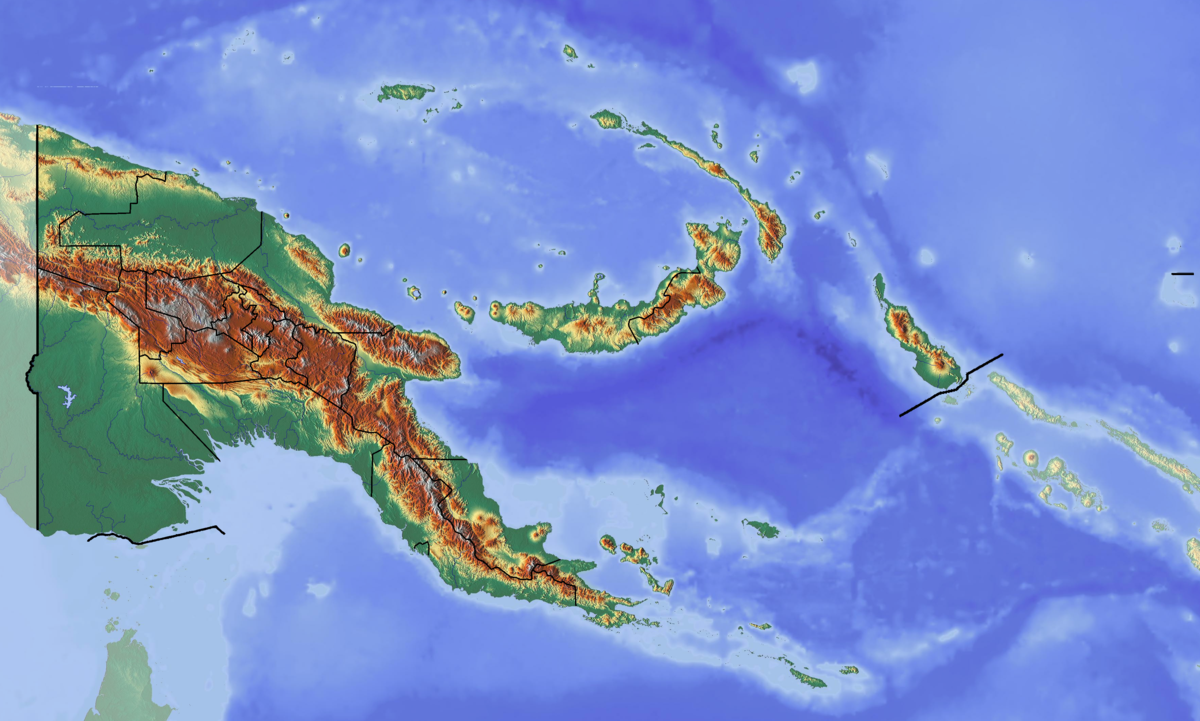
Mining on the seabed is as promising as nuclear fusion, and therefore it attracts large investments, sometimes flashes in the press and teeters on the brink of practical implementation for the past fifty years. But in 2018, the Canadian company Nautilus promises to begin work that no one has yet done before: real mining of minerals at depth.
“Depth mining will seriously change the international mining industry,” Nautilus director Mike Johnston told me. - At the bottom of the sea there is a huge number of first-class deposits. Underwater sulfide systems like Solvary-1 exist around the world near hydrothermal springs rich in copper, gold, silver and zinc. ”
Johnston hints, neither more nor less, of a deep-sea gold rush — and he is not the first. For the first time about this started talking exactly 50 years ago. The search for ocean floor development began in 1965, when John Mero, a shipyard consultant and former employee of the Berkeley Marine Resources Institute, published The Sea Minerals. In it, he wrote that “the sea is the main storehouse of minerals that serve as the basis of an industrial society,” and argued that nickel, cobalt and copper are lying almost unlimitedly on the ocean floor in manganese nodules (metal-rich clumps), waiting for getters.
Mero proposed to dump deep-water dredgers to a depth of 3 km, which would work like “giant vacuum cleaners collecting a thin surface layer of material.”
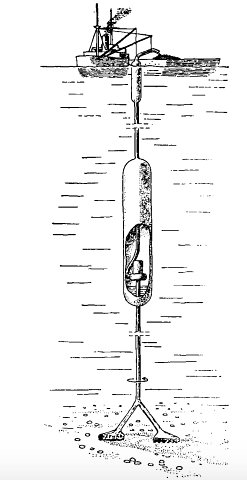
Interested in this publication, the United States, France and Germany rushed to explore the depths in search of clusters of ocean wealth. For decades, these countries have drowned hundreds of millions of dollars at the bottom of the ocean, and that's all in vain. A study in 2000 in the journal Science claims that $ 650 million was invested in this enterprise, and a large part before the fall in metal prices during the recession due to the 1973 oil crisis, and before scientists realized that Mero’s predictions tremendous wealth was overly optimistic. For dozens of years deep-sea mining was abandoned, and the dream of collecting marine wealth remained unfulfilled.
But in recent years, two trends have appeared, thanks to which interest in this topic has returned. The growing need for metals, especially copper, has led to an increase in profits from its production. Copper is necessary for modern life - it is forging and conducts electricity well, so it is used in consumer electronics, cables, cars, refrigerators, and so on. And its value is actively growing due to the vigorous industrialization of countries such as China and India. Underwater areas where mining could be arranged also contain other minerals necessary in modern production - nickel, silver, gold, cobalt.
In the meantime, new technologies — for example, remote-controlled submersible miners — have made the seabed more accessible. “When in 2004 I was able to familiarize myself with modern technologies,” Johnston told me, “it became obvious to me that there were rapid changes, and what looked incredible in the 1970s is now quite simple.”
A better understanding of deepwater geology led to the emergence of a new wave of enthusiasts who moved their interest from manganese nodules to sulphide ores forming near hydrothermal sources of mid-ocean ridges (known as “black smokers”).
Nautilus is only one of the groups that are going to take advantage of trends that bring deep-sea prey to reality. The same idea is actively explored in Japan and Korea, developing technologies for offshore mining. Another private company, Neptune, staked out a few plots in the western Pacific.

The approach of the idea to its realization causes a certain concern. In 2007, the journal Science published an article entitled “The Dangers of Deep-Sea Mining” , which raised concerns about mining from the seabed. Sedimentary streams that will cause underwater drilling can destroy the habitat of the underwater inhabitants, and this process can have a toxic effect on the entire water column. The conclusion in the article stated: “deep-sea mining plans can seriously threaten marine ecosystems”. At the same time, hydrothermal sources are the most unusual and intriguing ecosystems of all that exist on Earth.
These wastewaters are located on the seabed near active volcanoes, such as the volcanoes on the atoll in the Solvara-1 area, as well as the volcano on which Rabaul is located. Some scientists believe that life itself could have originated in a place where hot and mineral-rich sea water breaks out to the bottom and falls into harsh and cold deep waters. But geological exploration is primarily interested in the fact that these sources constantly, albeit slowly, create massive near-bottom sulfide deposits.
“These deposits form at the bottom, where the flow of fluid from hydrothermal springs, fed by hot magma, is cooled when mixed with deep waters or interstitial waters in sedimentary layers,” explains the US Geological Survey. The deposits represent large flat lens-like formations lying parallel to the volcanic stratification. "Massive sulphide lenses vary greatly in size and shape, and can be both pods and leaf-like," the report noted.
Often they are rich in minerals like copper and gold, and it is easier to find them than the nodules from Mero. Nautilus plans to work in the accumulation sites of these materials, while not affecting the sources themselves, in order to raise a large amount of materials to the surface - and, of course, to sell them.
“The near-bottom sulfide deposits are rich in copper, and the copper content in them is higher than in the remaining known land deposits, so in this sense they are attractive,” says Cindy van Dover. Van Dover studies the seabed at Duke University, and was a scientific advisor to Nautilus.
Van Dover was recently invited to Papua New Guinea by the non-profit organization TED (“Ideas for Dissemination”), which organized a marine expedition to study oceanology. She was asked to give a lecture aboard the National Geographic cruise liner Orion, which plowed just those tropical waters in which Nautilus will soon be working.
Being a qualified specialist, van Dover prefers a methodical and cautious approach to the problem. She speaks quietly, smiles easily, her short hair is graying, and during our conversations she radiated uncertainty about deep-sea prey. And this makes sense - she spent thirty years of her career studying deep-sea ecosystems that this prey threatens to change.
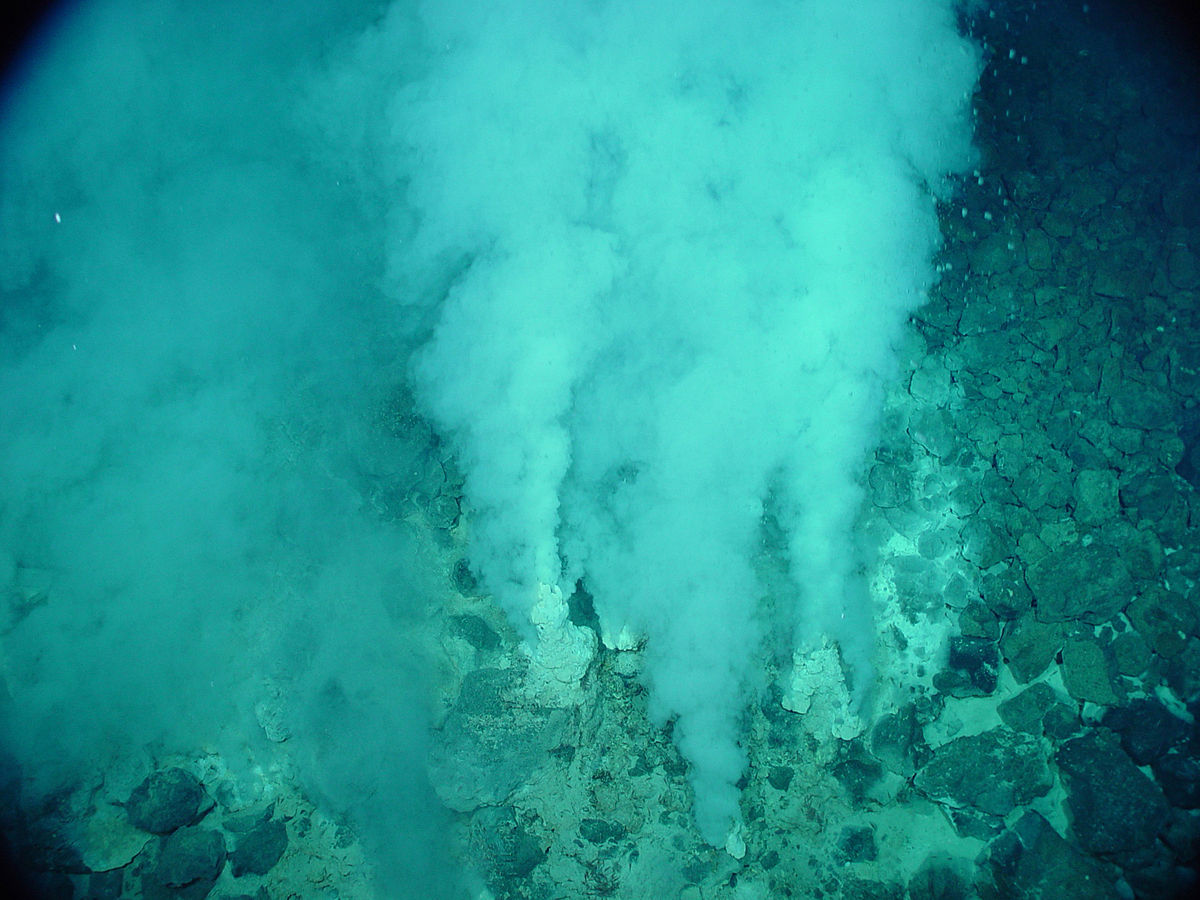
“I began studying hydrothermal springs in 1982,” she told me while the gently rocking deck stirred my stomach. “They opened them in 1979. So, of course, when someone wants to blast them, dig and destroy them? ”She adds, shaking her head. Naturally, she was worried. “Various animals live in active sources. We really need to know what impact the work will have on these communities. ” Life gathering around sources often turns out to be very energetic. There may be tubular worms, clams, shrimps and deep-sea fish.
From the window of the cabin on Orion one can see distant smoke columns, the result of the process of burning overgrowths practiced in agriculture in the region - a constant reminder that Papua New Guinea is a poor region that is not harmed by mining fees.
Van Dover emphasized that the company Nautilus is not going to suddenly begin work on distant frontiers and under cover of night. On the contrary, they came to her for advice, and behaved proactively and transparently all the way.
“They asked very direct questions: what do you care about? She says. “If we leave this development later, won't life go back there again?” This is exactly what worries Dover Baths: ecosystems that are going to be destroyed. It is worth noting that such habitats and forms of life that live in them are already destroyed almost on a routine basis.
"These places are destroyed by periodic volcanic eruptions," explains van Dover. “For example, on the East Pacific highlands, where eruptions occur every ten years, animals have already adapted to this, and within a few months they return to their places. And after a couple of years, it’s even impossible to say that an eruption happened there. ”
But unlike the East Pacific highlands, animals lived longer on Solvara-1 because volcanic eruptions happen there much less often and do not destroy habitats on a regular basis. The same creatures face extinction and the fault of Nautilus. Some scientists are concerned that the animals will not have time to recover. Others point out that a complex ecosystem is not yet fully understood - and we simply do not have clear predictions about what will happen if we start mining there.
Nautilus, on the other hand, claims to behave responsibly and pushes on the economic aspect of mining. “For example, at Solvara-1, the rock contains 7% copper and 6 grams of gold per ton, which is 10 times more than the average land deposit. And there is more copper at the bottom than in all known deposits on land, ”says the director of Nautilus, Johnston. (On land, the average copper content in the rock is less than 0.6%, and gold - 1.2 grams per ton). "One of the main parameters affecting the profitability of the mine is the level of resource content, so if at the bottom of the sea level is 10 times more than on land, then this is the main advantage for underwater mining."
Further, besides the fact that the development site is located a mile and a half under the surface of the water, some things in underwater development are easier to do than on land. Now we dive a little into the miner's jargon.
“The massive sediments of sulphides on the seabed, which are of interest to Nautilus, are right on the bottom surface, so there is neither soil nor overburden of soil above them,” says van Dover. “Strike” is the top layer of soil covering the rock. That is, the miners will not interfere with the extra layer of earth, which must be opened to get to the valuable rocks - they just lie on the surface.
Of course, the surface is at the bottom of the ocean, thousands of meters below sea level, which means that the company will need a high-tech and complex system for mining. And here begins the full science fiction.
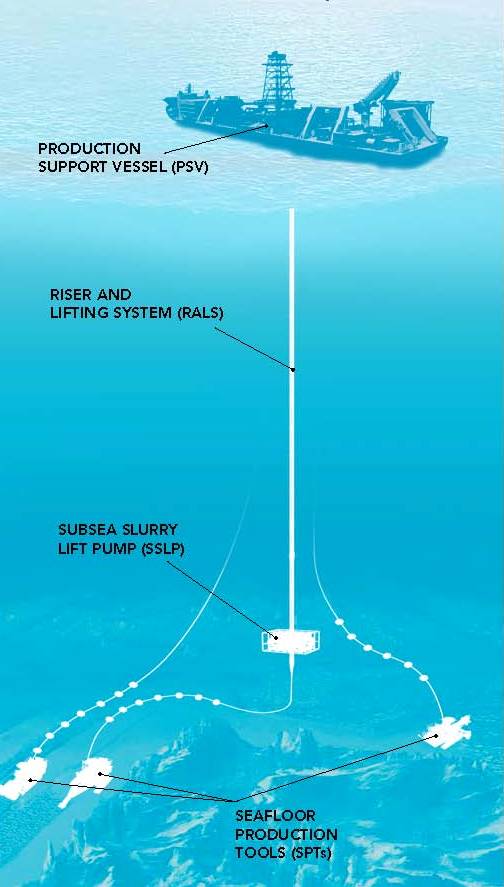
“For production, a surface vessel is used, from which remote-controlled devices are lowered to the bottom of the sea. Then the material is mined, the ore rises out and is dried. The remaining liquid, i.e. seawater sinks back to the bottom, says van Dover. - Upon completion of production in one place the vessel moves to another, therefore neither roads nor infrastructure are required. In this regard, there is a convincing argument in favor of the fact that with such mining the environmental impact is much softer than with mining on land. "
How does marine mining work
Same but longer video
According to the published drawings, the Nautilus plan includes three separate robotic devices, jointly preparing the terrain, mining and storing minerals. Each device is about 15 meters long, 4-6 meters wide and weighs up to 310 tons. Three robots, manufactured jointly by Caterpillar and SMD, cost about $ 100 million. Each of them will be lowered from the production support vessel, which will be located above the production site like a marine oil rig.
First, the “Auxiliary Cutter, AC” is lowered to the bottom to prepare the mining site. It will be lowered on the Solvar-1 site to a depth of 1500 m. With the help of the cutting head mounted on the block, it will cut through the “trenches” that the next robots will work on. The second will be the “Bulk Cutter”, larger in size and more powerful, but capable of working only on trenches dug with AC. Then the rock will be crushed by these robots on the seabed in much the same way as when working on land vehicles.
After the rock is extracted, a collecting machine [Collecting Machine] is sent to the place of extraction. It collects the cut rock, drawing it in the form of a mixture with sea water with the help of pumps, and pushing it through a flexible pipe along a lifting system to the surface. On board, the mixture will be drained, and the dry part will be left in the tanks of the ship's hull - it will be taken away for processing by another vessel.
All robots can be controlled remotely from the surface, and they are all designed to withstand enormous pressure. But in general, as noted in the company, they represent only adapted versions of the existing machines used on land to clean the land before mining coal or ore. Simply, they will work very deep under water.
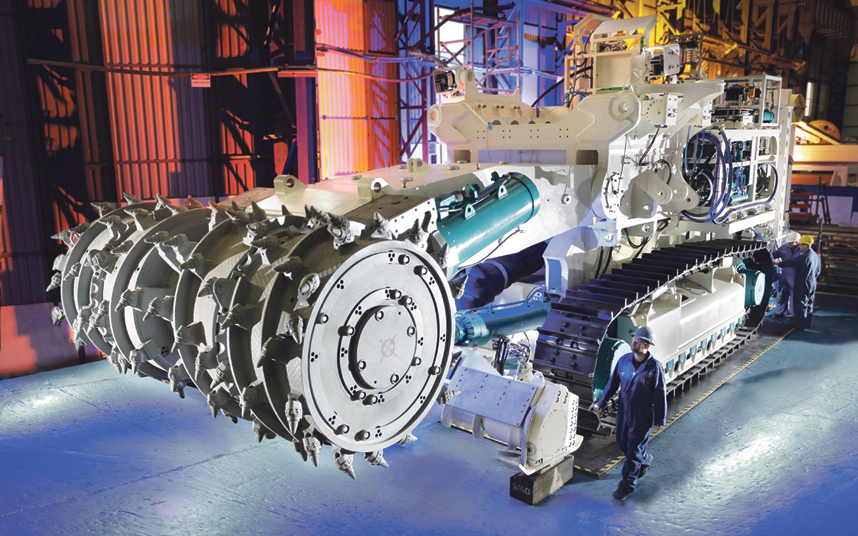
In general, this enterprise is complex, high-tech and risky. The process takes place in extreme conditions, and if one of the robots fails, repairing it will cost a lot of money - undoubtedly, sending the bathyscaphe to such a depth will become a difficult task. And any accident threatens to pollute the environment and attract unwanted attention.
Thus, Nautilus made a lot of people worry.
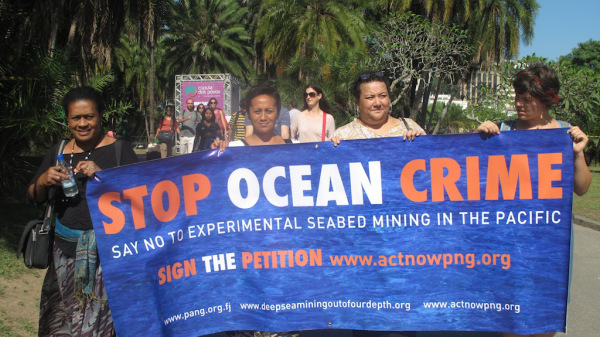
According to van Dover, in Rabaul, local residents have already begun to protest against the underwater development. Concern causes everything, from the possible noise and light caused by the work, to the damage to the environment. We ride the bus through the ashes-covered streets, and she asks the local guide if she has seen the protests.
“Oh, yes,” the woman mumbles, and looks out the window. A little later, she told me that the locals were “unhappy”, but she did not want to spread. She did not want to put Rabaul in an unfavorable light. After the eruption, tourism subsided, and, apparently, foreigners are still rarely on the island. Everywhere we were, people smiled at us, waved, and sometimes even shouted in greeting.
And although Nautilus still has to draw the attention of the world community to its amazing mining project, it has already become controversial. Local are concerned about foreign companies entering their waters and threatening the environment. Environmentalists around the world are also beginning to express their concerns on this topic. Speeches against Solvar-1 have already been reinforced by the nascent international movement, which seeks to completely stop deep-sea mining.
One of the project’s opponents is Richard Steiner, a biologist and marine ecosystem conservation expert who previously taught at the University of Alaska. He studied marine disasters from the moment the tragedy of Exxon Valdez unfolded near him. I first met him many years ago: he was one of the first experts who arrived at the BP oil spill site in 2010, and helped to observe and analyze the distribution of consequences.
Today, he leads the non-profit organization Oasis Earth, and shares his knowledge with various projects seeking to preserve the ecology of the planet. His campaign against deep-sea mining was created to slow down deep-sea mining, and in particular one of the most visible projects in this area.
« -1 , ,- . – , , , , , ».
« , ,- . – , - , - (, ). – ».
The full impact of the project on the deep-sea ecosystem is difficult to assess. Nautilus commissioned a non-profit organization dealing with environmental issues, Earth Economics, to compile an environmental review of the Solvar project, and everything looks pretty good in the review. But Steiner and other critics have called the report misleading, and note that it does not include a great many ecosystem functions and threats to marine life.
Nautilus, , , , . , , , . . .
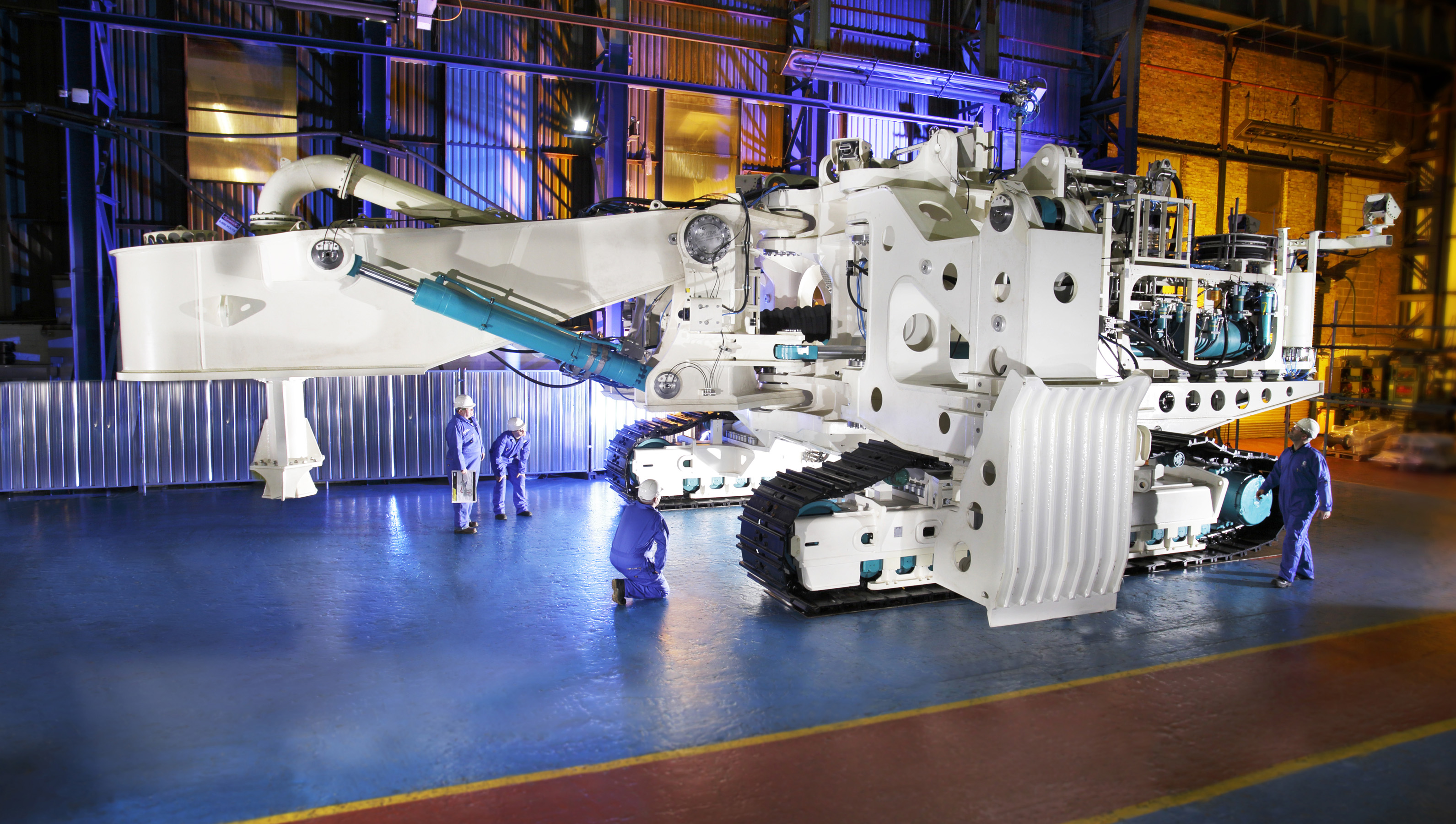
« , , , ,- . – , ».
, , , . « , , , cradle-to-cradle (» " – , ), ,- . – « » – , , . ".
Of course, the main question is not what dangers the Solvar-1 project poses. The question is whether the project will not lead to the emergence of an entire industry in other places that are not so carefully tested. “Korea and Japan are actively developing this concept, and Neptune is already implementing,” says van Dover.
At some point, we never see. #DeepSeaMining
- Andrew Thaler (@SFriedScientist) June 9, 2015
Recently, Korea has successfully tested a deep-water mining robot, and in Japan approved the lease of its waters for the needs of deep-sea mineral extraction. The game connects Lockheed Martin, and Neptune is going to organize mining in New Zealand. All these projects are still far from implementation, and are unlikely to start earlier than 2018. A lot of views will be riveted on the leader of the pack, the Nautilus company.
, , . 2015 , : « . , , 2017 , 2018 ». .
“Tools for underwater mining, as well as ore lifting systems, including the pump, are either ready or almost ready,” said Johnston. - Auxiliary cutter, mass cutter and assembly machine assembled and tested in factory conditions. "Wet" tests should begin in the first half of 2016. "
Nautilus showed photos of the first three cars, and lit up a bit in the press, which distributed images of impressive looking all-terrain vehicles. Only one of the main obstacles remains: the construction of the vessel, from which all operations will be conducted.
“The last component of deepwater development is a vessel that is critical for production. The cutting of steel for the ship has already begun, and we are confident that it will be ready by the end of 2017 ”. The rest of the equipment intended for use on board is ready.
, «» . , , , . Nautilus , , , . , . .
, , . , , , , . , . -1. Nautilus , .
“We need to clearly understand what we can lose,” says van Dover. - The cumulative effect is very difficult to assess. Solvara-1 - please start your prey, and see what happens. What about the next field? Where is the turning point? How many such places can be destroyed? And after what speed of destruction of these ecosystems, they will not recover? I believe that C-1 will recover if nothing else is touched. But if you touch anything else, when will this destruction be too much? I dont know".
Van Dover looks out of the cabin window. “Is it possible to carry out such an operation without violating the ecology? Yes.Will it be conducted in this way? I am not so optimistic about this. ”
Source: https://habr.com/ru/post/396161/
All Articles